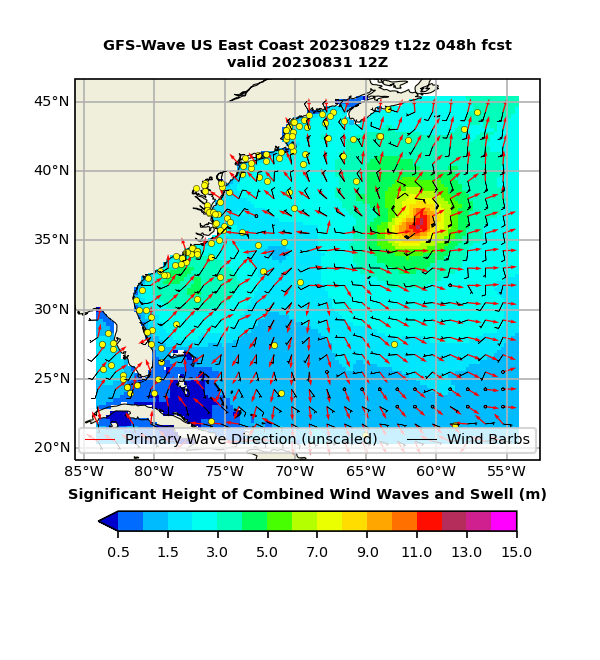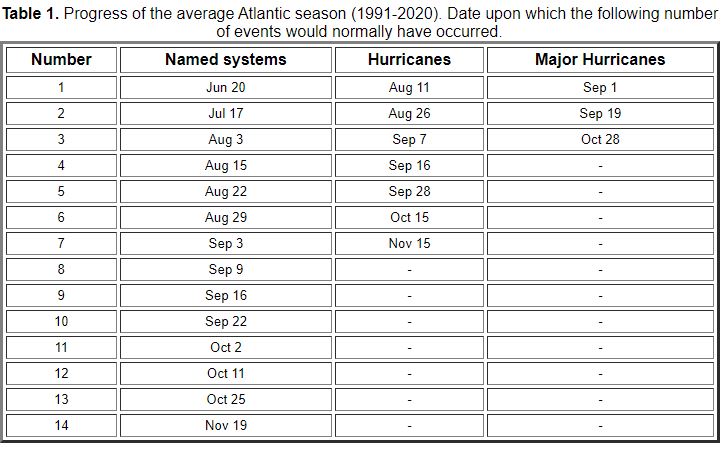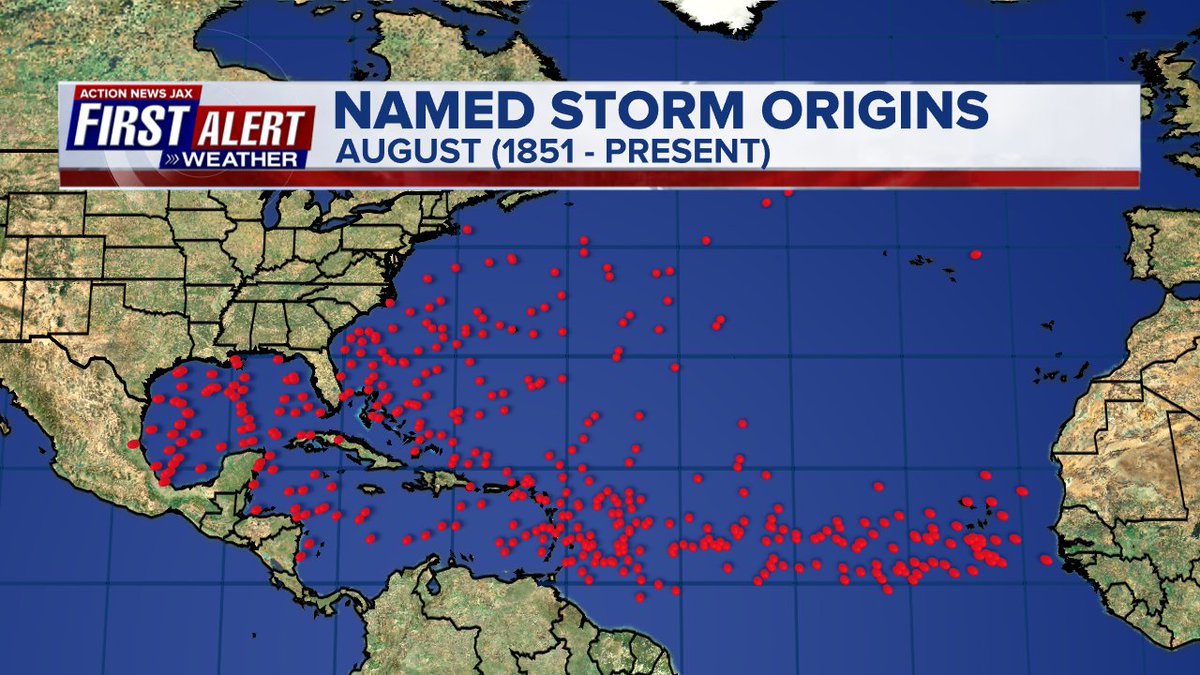Jacksonville, Fl. — The “Buresh Bottom Line”: Always be prepared!.....First Alert Hurricane Survival Guide... City of Jacksonville Preparedness Guide... Georgia Hurricane Guide.
STAY INFORMED: Get the * FREE * First Alert Weather app
FREE NEWS UPDATES, ALERTS: Action News Jax app for Apple | For Android
WATCH “Preparing for the Storm”
WATCH “The Ins & Outs of Hurricane Season”
READ the First Alert Hurricane Center “Survival Guide”
LISTEN & WATCH “Surviving the Storm” - WOKV Radio & Action News Jax
***** ALWAYS CHECK & RE-CHECK THE LATEST FORECAST & UPDATES! *****
REMEMBER WHEN A TROPICAL STORM OR HURRICANE IS APPROACHING: Taping windows is *NOT* helpful & will not keep glass from breaking.
Realize the forecast cone (”cone of uncertainty”) is the average forecast error over a given time - out to 5 days - & *does not* indicate the width of the storm &/or damage that might occur.
The Atlantic Basin remains quiet & no tropical development is expected through the upcoming week.
Dry mid & upper level air + a good deal of shear are ruling the day across the Atlantic helping to squash the westward moving tropical waves.
The Saharan dust has been prolific across much of the Atlantic over the last week or so. The dust is usually co-located with dry mid & upper level air that can slow or inhibit tropical development. But I’ve often seen waves that can thrive on the edges of the dust plume or once the wave exits the dust plume. Remember the dust is a product of the dry air not vice-versa.
The orange, red & pink shows the dry air over much of the Atlantic Basin:

But climatologically we’re at least right on track with the typical hurricane season. The 3rd named Atlantic storm is Aug. 3 on avg. (3 so far this year but Colin was a “gift”). Average date of the first Atlantic hurricane is not until Aug. 11th. And the peak of the Atlantic season is not until Sept. 10th. A long ways to go in other words.


Wind shear:

The location of development of tropical systems in August since 1851 during a month which often sees the long track tropical cyclones from the deep tropics:





Saharan dust spreads west each year from Africa by the prevailing winds (from east to west over the Atlantic). Dry air - yellow/orange/red/pink. Widespread dust is indicative of dry air that can impede the development of tropical cyclones. However, sometimes “wanna’ be” waves will just wait until they get to the other side of - or away from - the plume then try to develop if other conditions are favorable. In my personal opinion, way too much is made about the presence of Saharan dust & how it relates to tropical cyclones. In any case, we’ve had several large dust plumes spread west to the Caribbean & Gulf with the peak of Saharan dust typically in June & July.

2022 names..... “Danielle” is the next name on the Atlantic list (names are picked at random by the World Meteorological Organization... repeat every 6 years). Historic storms are retired [Florence & Michael in ’18... Dorian in ’19 & Laura, Eta & Iota in ‘20 & Ida in ‘21]). In fact, this year’s list of names is rather infamous with “Charley”, “Frances”, “Jeanne” & “Ivan” retired from the ‘04 list (all hit Fl.) & “Matthew” was retired in 2016. The WMO decided - beginning last year - that the Greek alphabet will be no longer used & instead there will be a supplemental list of names if the first list is exhausted (has only happened three times - 2005, 2020 & 2021). The naming of tropical cyclones began on a consistent basis in 1953. More on the history of naming tropical cyclones * here *.





East Atlantic:





Mid & upper level wind shear (enemy of tropical cyclones) analysis (CIMMS). The red lines indicate strong shear:
Water vapor imagery (dark blue indicates dry air):

Deep oceanic heat content over the Gulf, Caribbean & deep tropical Atlantic:

Sea surface temp. anomalies:


SE U.S. surface map:

Surface analysis centered on the tropical Atlantic:

Surface analysis of the Gulf:

Caribbean:

GFS wave forecast at 48 & 72 hours (2 & 3 days):


Atlantic Basin wave period forecast for 24, 48 & 72 hours respectively:




The East Pacific:
A pair of tropical cyclones are over the East Pacific. Frank is turning more northward while starting to weaken after managing to become a hurricane. Georgette is well to the south & west over the open Pacific. Both systems should dissipate soon.




West Pacific:

Global tropical activity:

Cox Media Group





